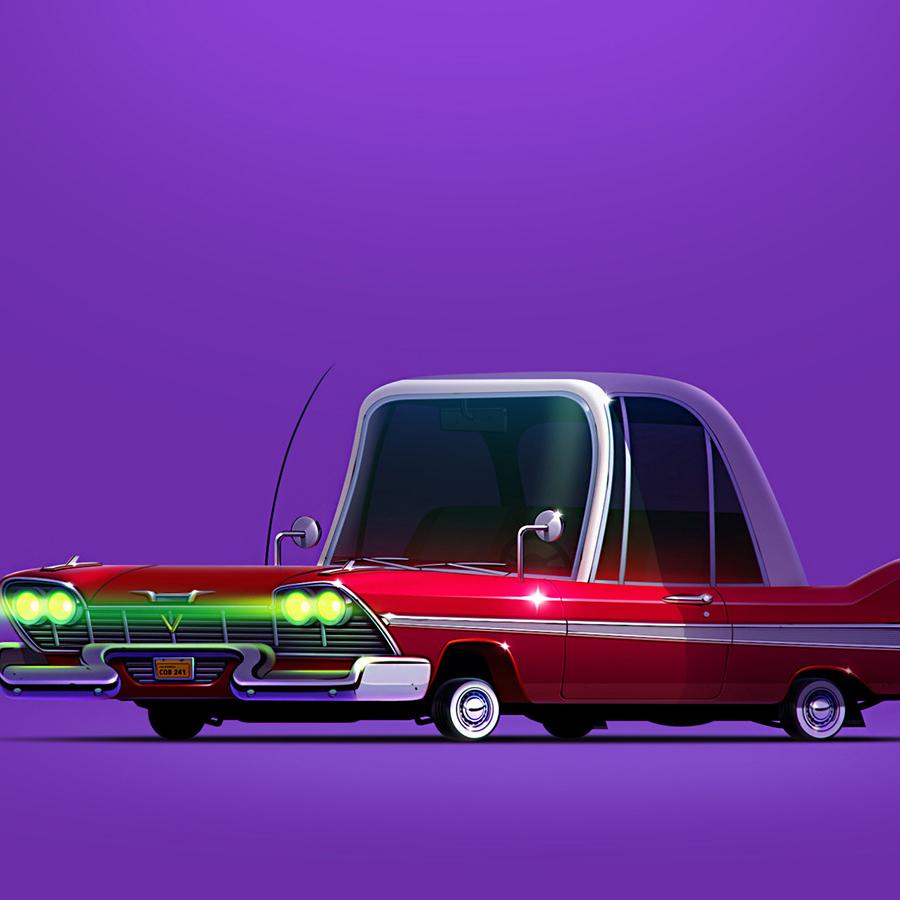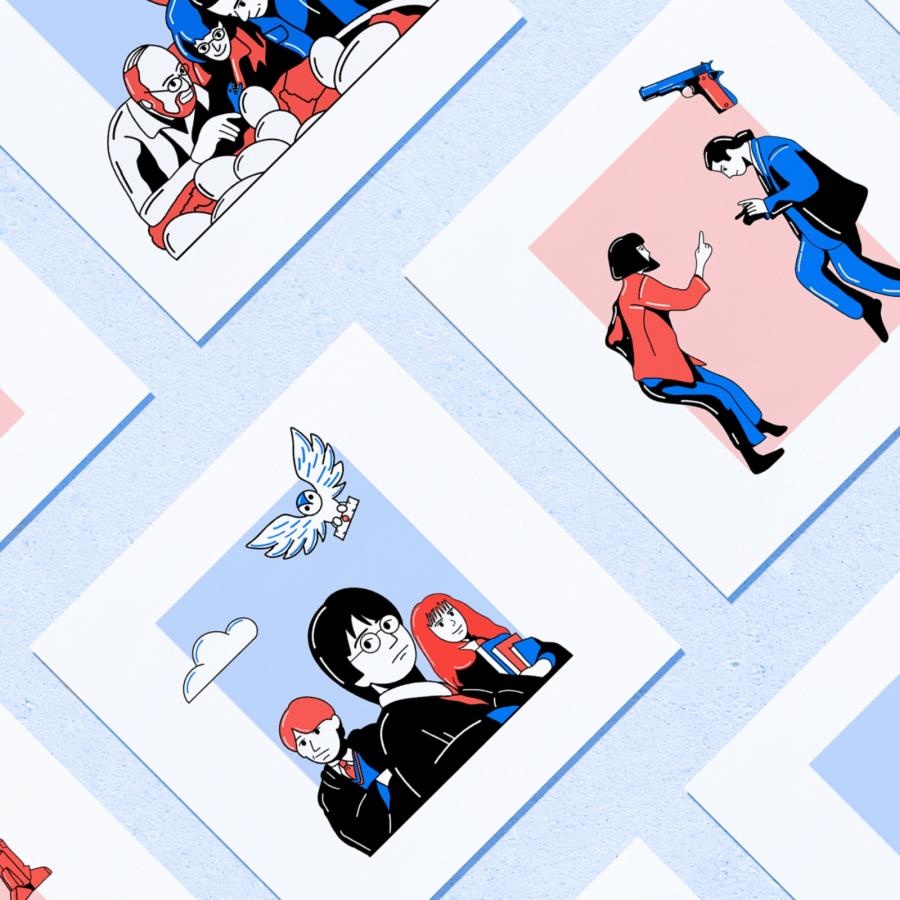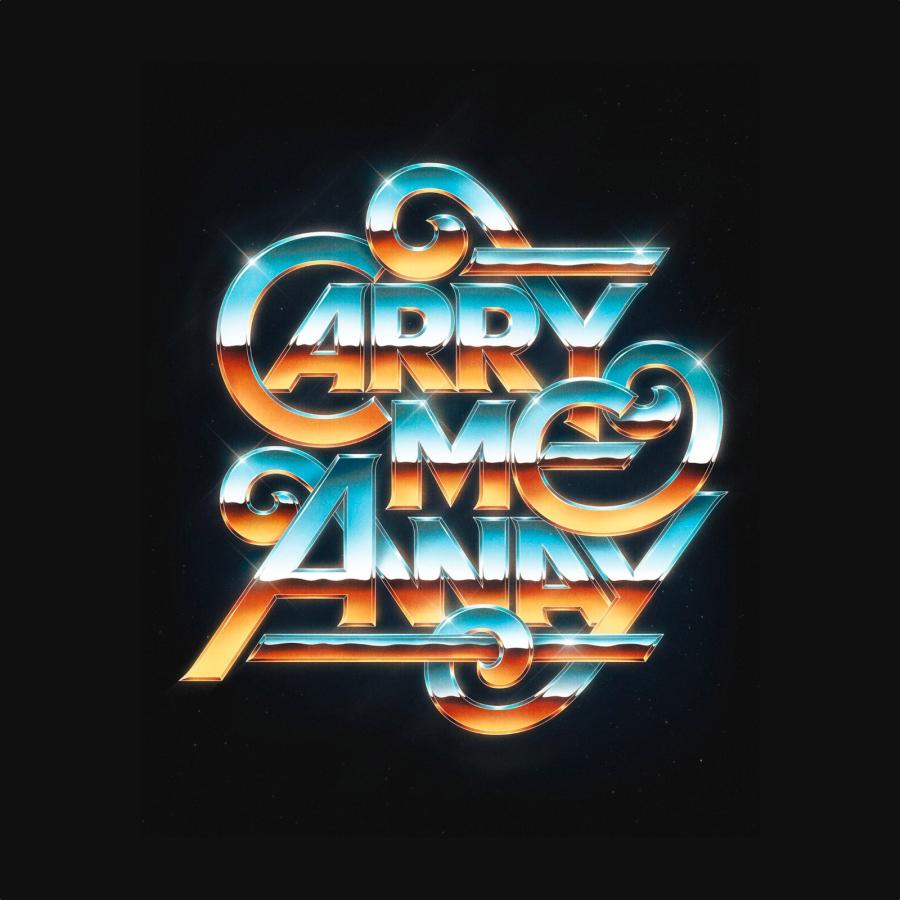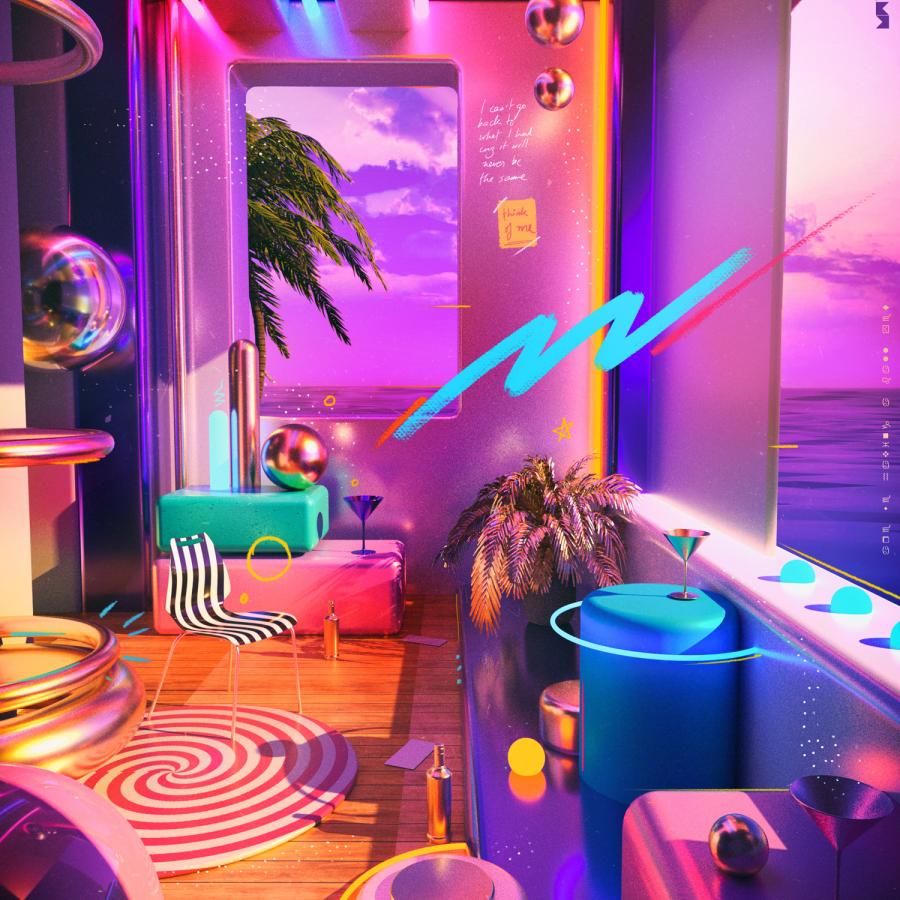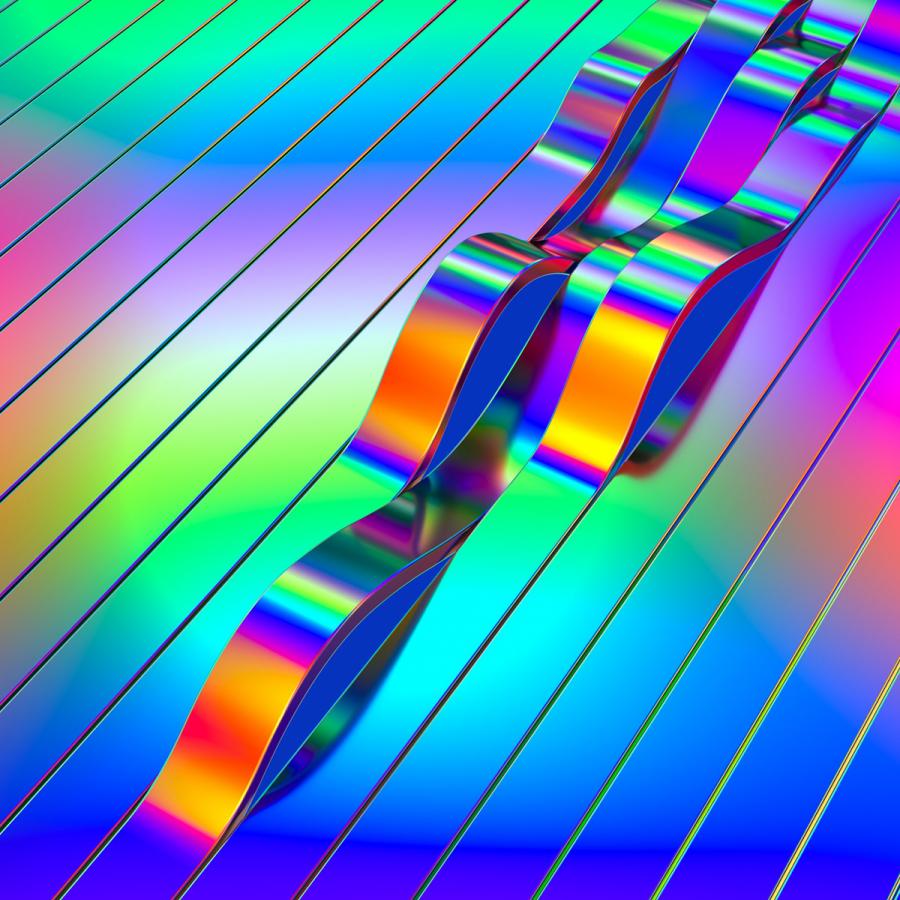by abduzeedo
In the ever-evolving landscape of design, I find myself profoundly awed by the emerging potential of Generative AI. These modern tools, Midjourney and Discord, have become a veritable extension of my artistic palette. Remarkably, they enable me to conceive a plethora of illustrations and photography styles from the convenience of my smartphone. Venturing further into the realms of the possible, I have started harnessing the power of RunwayYML to breathe life and motion into my creations.
This promising horizon, however, is not without its challenges. The task of formulating the precise prompts to guide these intelligent systems is akin to learning a new language — one that encapsulates aspect ratio, styles, width, and countless other artistic parameters. In essence, it's akin to becoming a bilingual artist.
In a recent instance, my son requested an illustration of a Mazda Miata cruising towards a radiant sunset. The task was accomplished with a level of ease that would have been unthinkable not long ago. This simplification and democratization of creative expression heralds an era of immense opportunity.
Consider this: in the early stages of my career, the quest for the ideal stock image was both time-consuming and costly. Now, the challenge lies in transcribing our imaginations into comprehensible instructions for a virtual artist. While this paradigm shift is accompanied by issues such as copyright implications, it is undeniably a significant step towards the future of design.
Admittedly, the prospect of human artists becoming obsolete can evoke trepidation. Yet, in the face of such concerns, I perceive an incredible opportunity to harness this technological advancement. My task, as I see it, is to continue refining my ability to communicate my artistic vision to this innovative medium. In doing so, I am confident that I will be able to leverage Generative AI to realize creative concepts that were once solely the stuff of dreams.
Generative AI examples
Movie still, San Francisco Nob Hill foggy night corner street restaurant, pensive stillness, view of the bridge at night with fog, cinestill 50d
Young female vampire vogue magazine cover style — style minimalist and raw
Stunning blonde short dress walking with casual look little blurred photo amateur Terry Richard’s style 35mm Leica f1. 4
Person in front of a laptop side view in a dark room with the screen of the monitor as the only light source matrix vibe — ar 16: 9 — style Carravaggio painting
Fluffy clouds on black background little lighting effects 8k
Asteroid falling in the atmosphere like a ball of fire 35mm f1. 2 shallow depth of field 16: 9 cinematic photo realistic film grain look
Cinematic composition of a woman in white dress walking inside of an old library towards a closed door with lights coming from it. Blade Runnerunner look 21: 9 panavision futuristic eerie
Illustration on the back of a new Mazda Miata driving towards the sunset on a empty road. Horizon Chase 80s style

